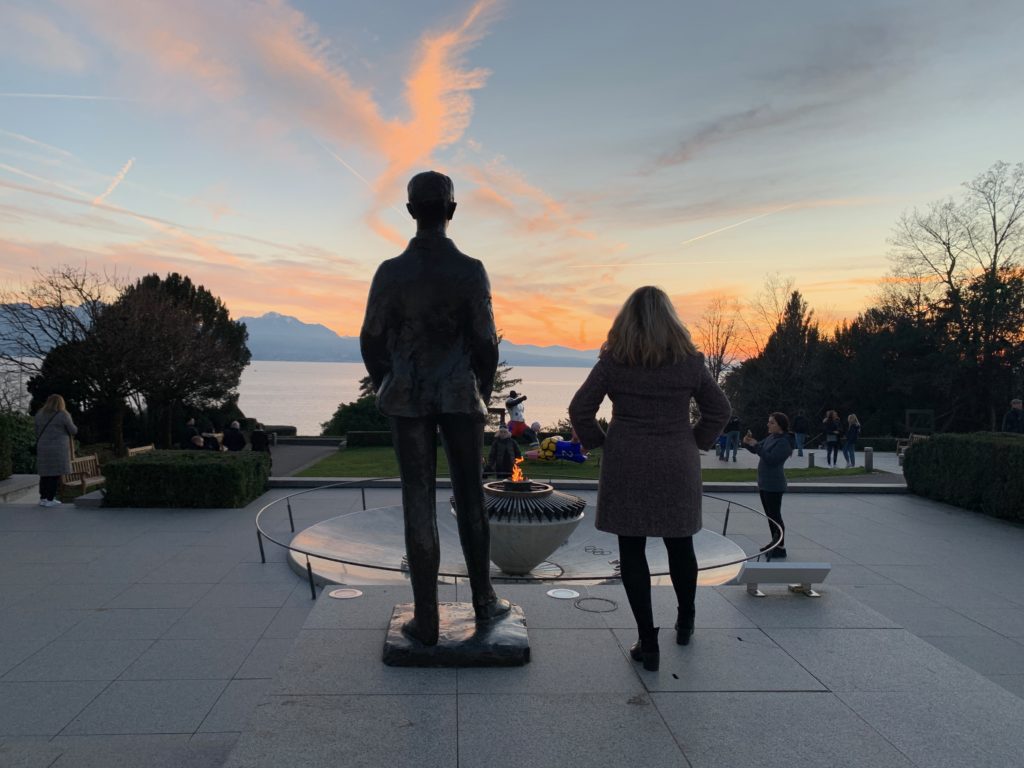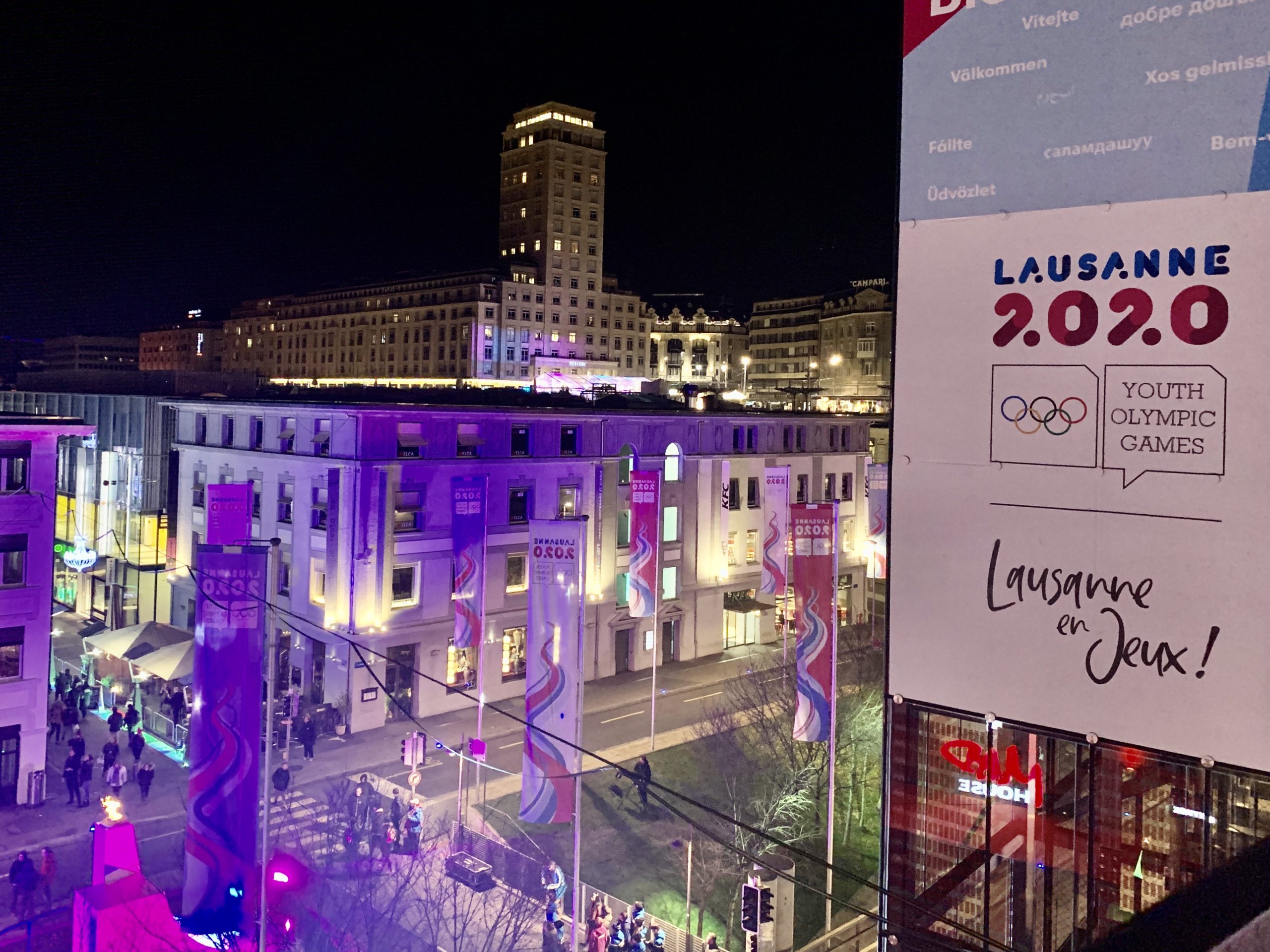Anna Karla Almeida, Brazilian Architect Urbanist, Doctoral Assistant at EPFL, Switzerland
Perhaps you imagine that the Olympic Capital is settled on a distinct Greek city, surrounded by arenas and classical architecture… But it is in Lausanne, Switzerland that the great modern home of the Olympic Games and the world’s largest sports organisations take place.
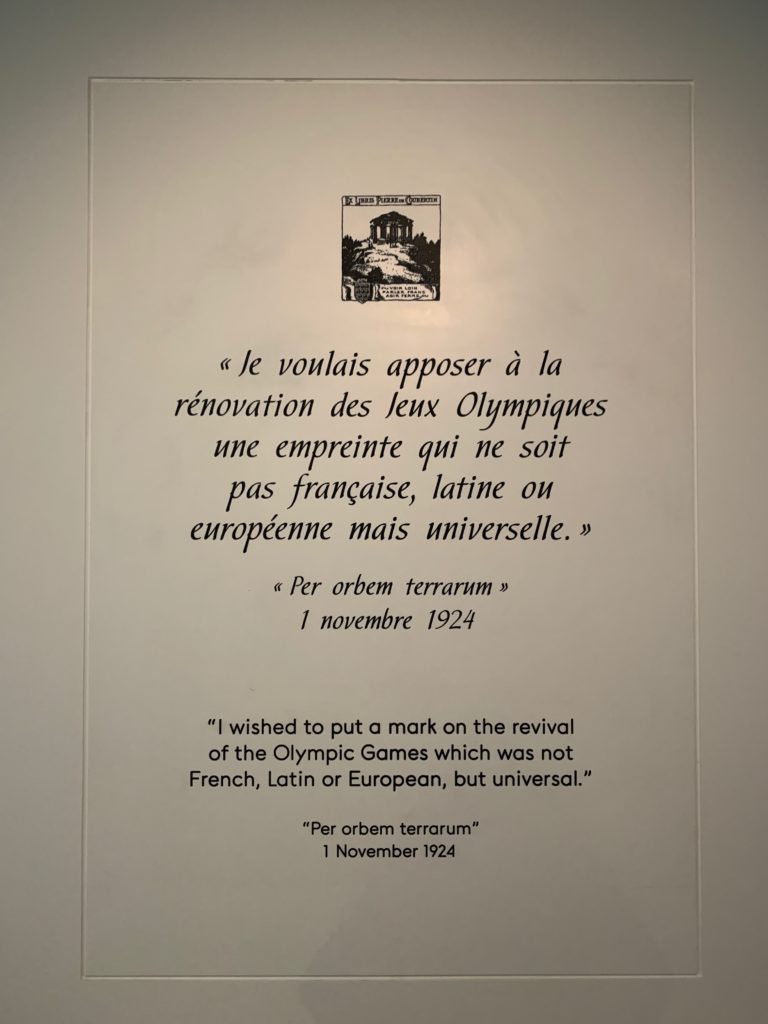
It all started back in 1894 when Pierre de Coubertin (1863-1937), a French sportsman and visionary, thought to revival the Olympic Greek physical exercises and competitive spirit. But, instead of regrouping people around a gymnasium to exercise, Coubertin guessed why couldn’t these activities be a great motivation to bring together the whole world seeking harmony between body, mind and joy? These precious principles inspired the Olympic Games as we know them today.
Since I moved to Lausanne, Switzerland, to start my PhD studies in Urbanism, I have been interested in understanding the urban dynamics surrounding the quality of the town as an Olympic city.
In a nutshell, the Lausanne Olympic Capital groups:
- 57 international sports federations and organisations
- 50+ sport-related companies
- 10+ world-renowned academic institutions
- 1,500+ people working in the sport industry
(Data from the official website Lausanne Olympic Capital )
Finding a Place for the Olympic Spirit
On 23rd June 1894, the Olympic Movement and the International Olympic Committee (IOC) were been found by Pierre de Coubertin. In 1915 in the context of the World War, Switzerland was a substantially protected place from conflict. Indeed, he is realised that Lausanne could be the perfect environment in which to build the Olympic headquarters, and so Lausanne became the Olympic capital. At that time, he declared:
“the Olympic spirit will find an independent and proud atmosphere where reigns the pledge of freedom that it needs to progress”
Baron Pierre de Coubertin, founder of the Olympic Games, 1915.
One Century after its foundation, in 1994 Lausanne received the title of Olympic Capital confirming the status of the international city of sport.
The Lausanne Youth Olympic Games 2020
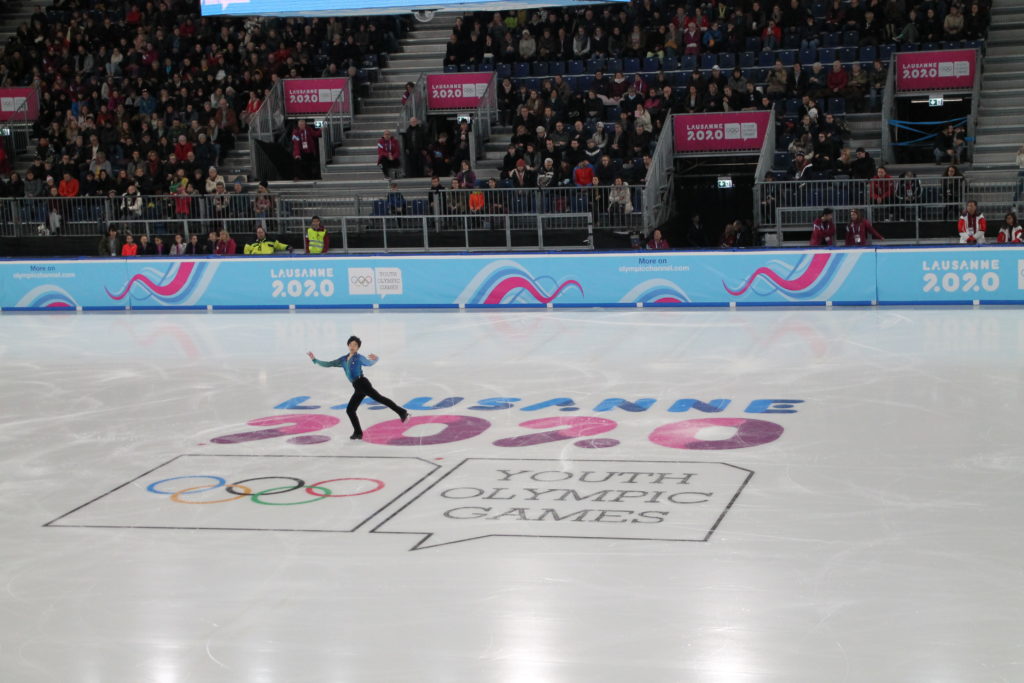
The city of Lausanne celebrated the Youth Olympic Games from 9 to 22 January 2020, an event that includes athletes aged 15 to 18 and seeks to promote the sporting spirit for new generations of elite athletes.
Besides that, during the gaming period, the city’s physiognomy changed. A building was built to house the athletes, in a circular format and that gathered all the countries. At the Vortex, after the games, the build will be used as a university residence.
The city won other events parallel to sporting activities for the general public, such as skiing initiation, racing and ice-skating.
The Lausanne 2020 games influenced city residents in some way, especially as the games were free of charge and had a large participation of the local population.
In an extra nutshell, find some fun facts about the Lausanne 2020 Youth Olympic Games:
The Olympic Museum
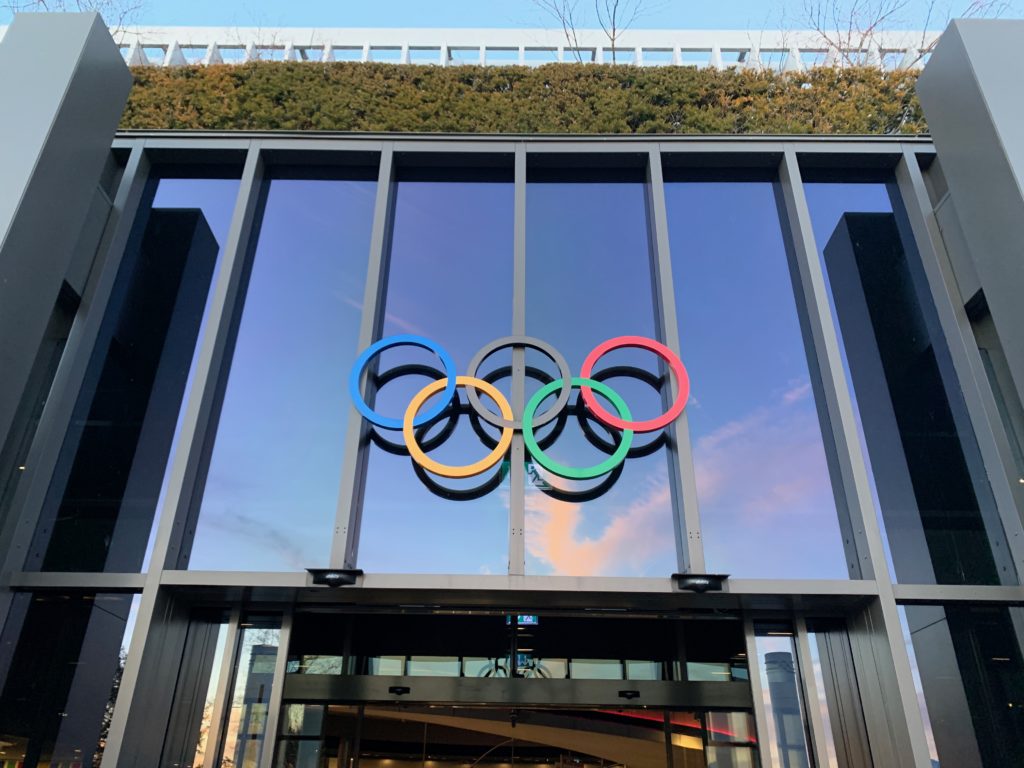
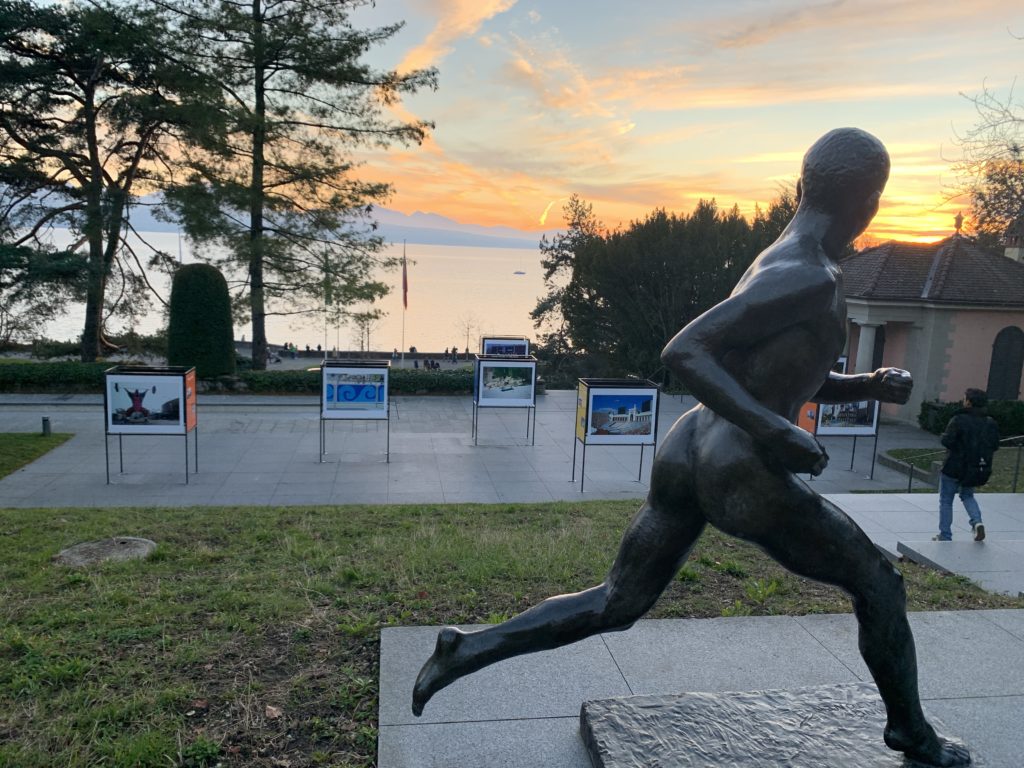
The Olympic Museum was built on the margins of Lake Léman, which was presented in an interactive way and with an excellent museographic project. All history from the tradition of sport in ancient Greece, through the idealization of the founder of the Olympics leading the visitor to contemporary activities related to the event and all that this implies.
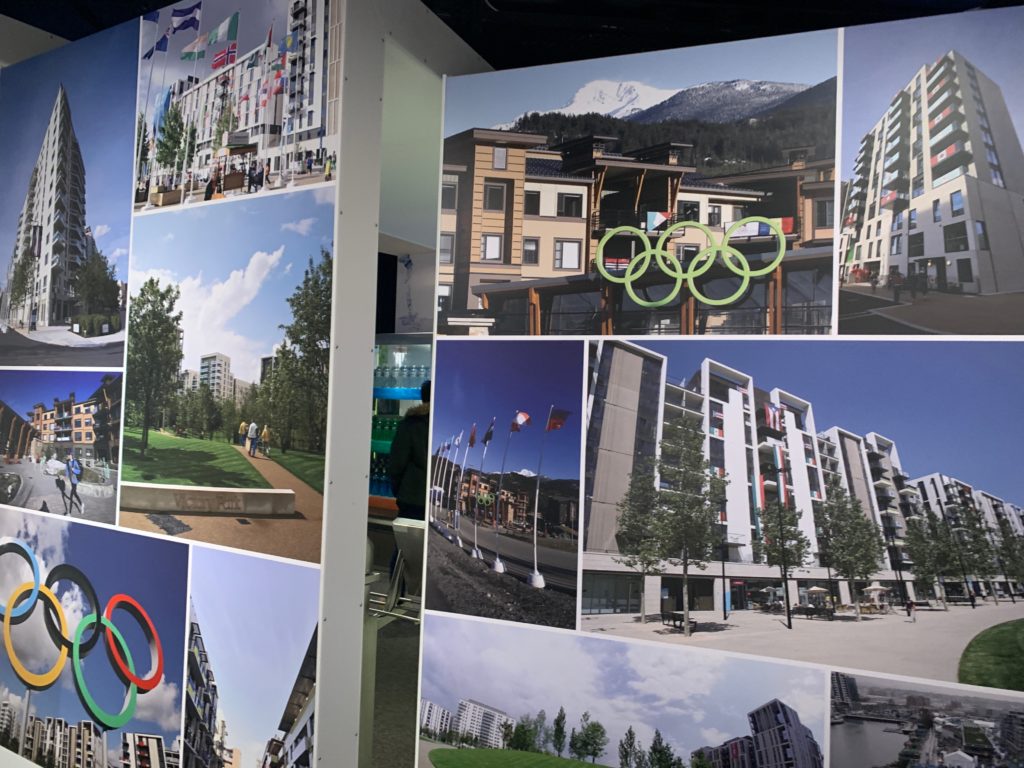
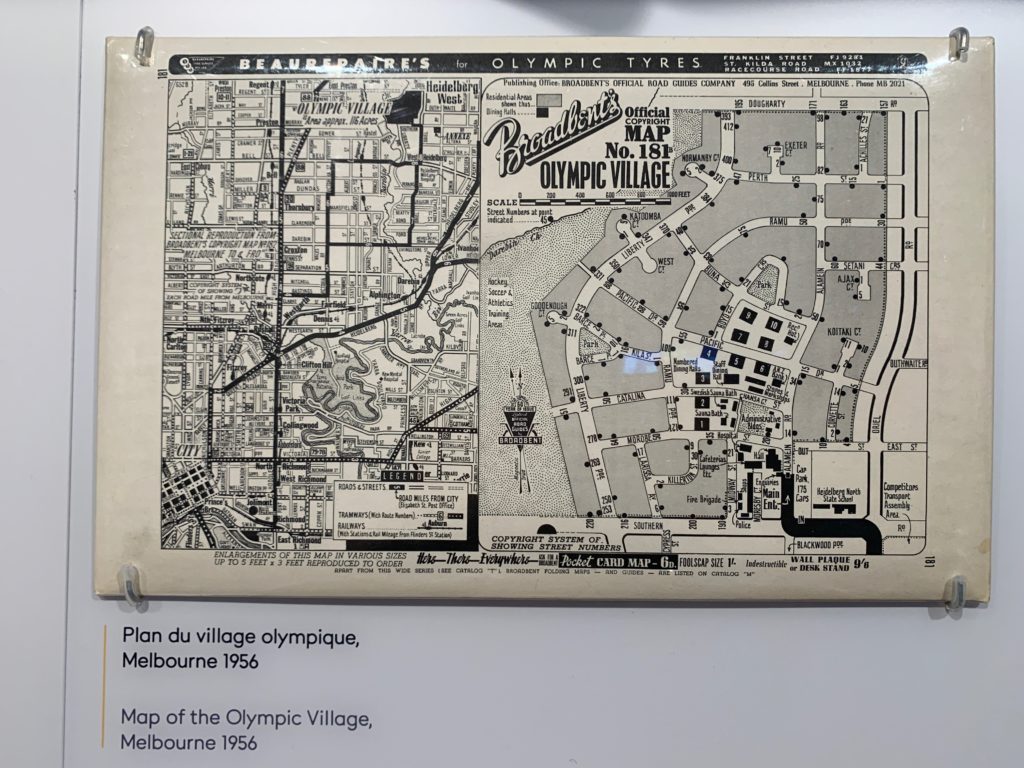
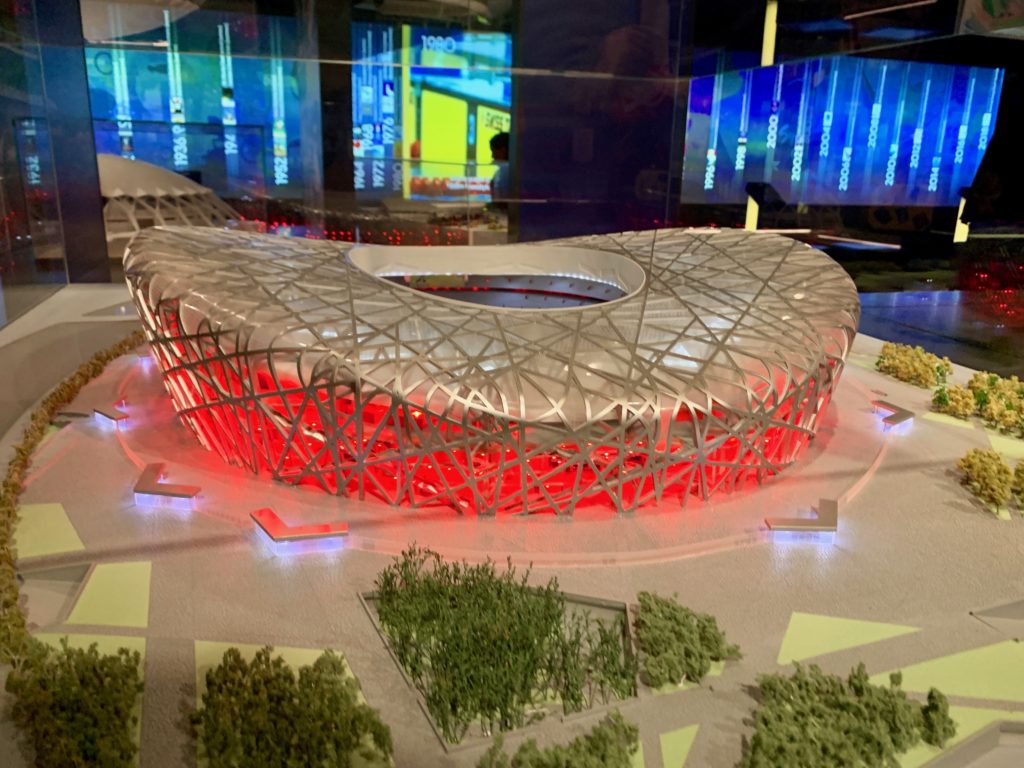
If we think about the crowd of people who are involved in the Olympics, besides the thousands of athletes competing, it really brings together a vast cultural richness all over the world. This is the great beauty of the Olympics a universal gathering in favour of sport.
